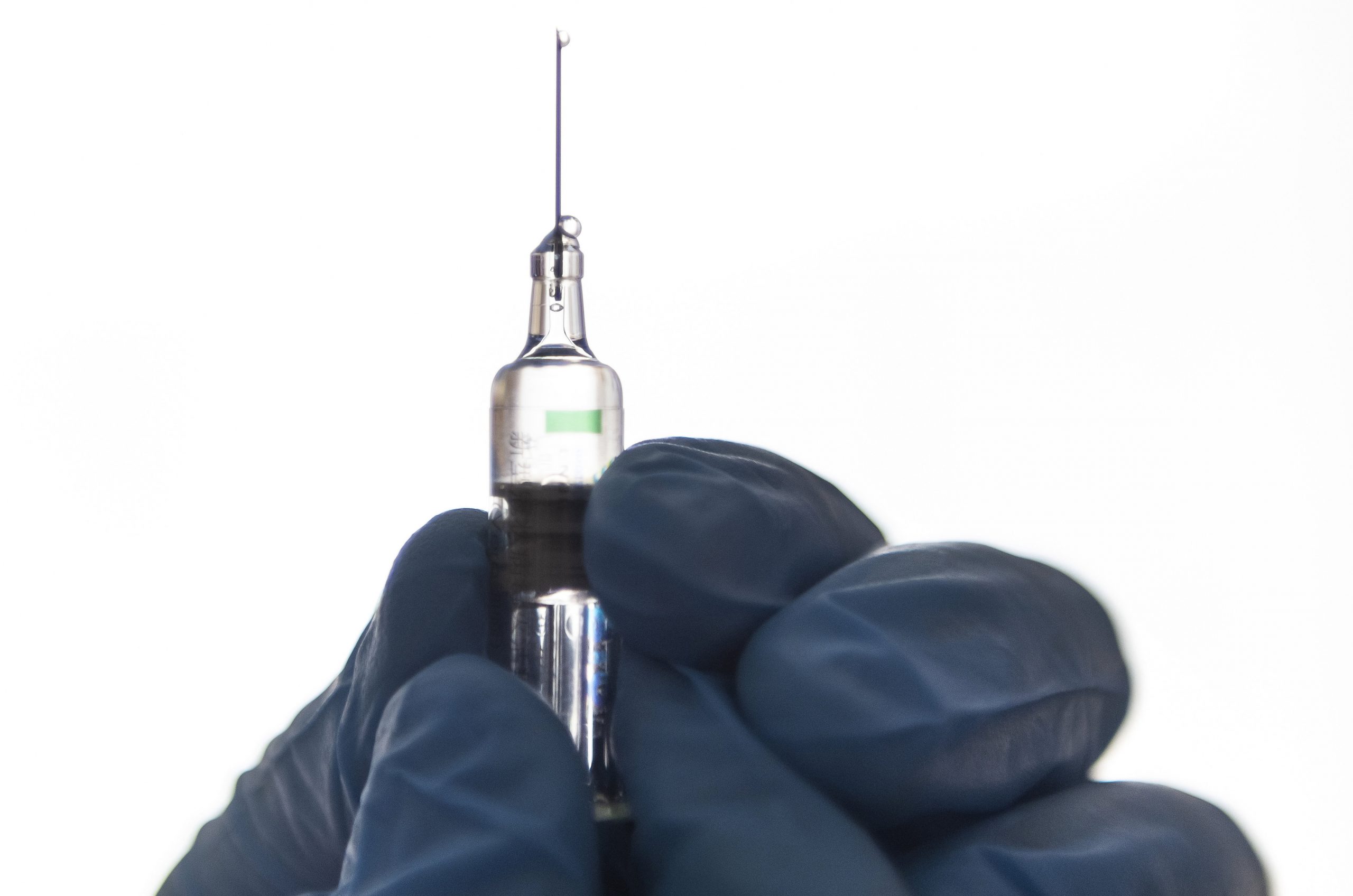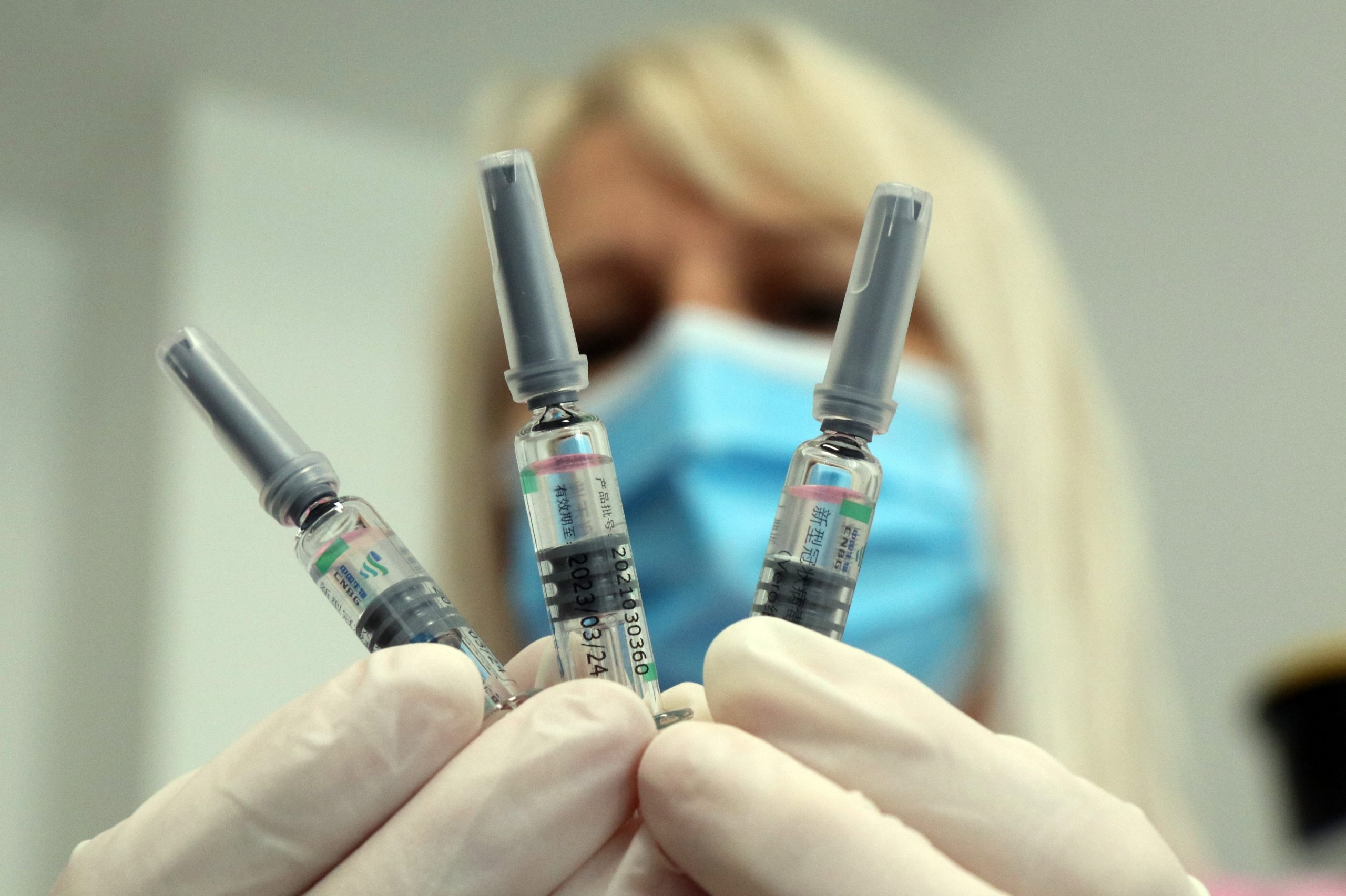
One million Hungarians were vaccinated with Sinopharm, and it is worrying to hear that many of them are now reporting a complete lack of immunity to the coronavirus.Continue reading

The results of large-scale antibody tests from both the Municipality of Budapest and Semmelweis University have become available. The most prevalent finding in both is that Sinopharm’s vaccine showed lower chances of providing adequate antibody levels than any other vaccine in people above the age of 60. Semmelweis rector Béla Merkely and the Hungarian Ministry of Human Resources continue to argue that a lack of antibodies does not equate to a lack of immunity. Hungary’s Minister of Human Resources, Miklós Kásler, says the potential solution of third vaccinations will be decided on by the government very soon.
Budapest mayor and prime ministerial candidate from the opposition Gergely Karácsony announced at the end of June that the capital will be providing free antibody tests to elderly people with negative antibody tests. The decision was made in light of reports that Sinopharm’s vaccine was unable to bolster an appropriate level of antibodies in some individuals.
Those registering for tests could choose to voluntarily provide their vaccination information, which led to 1760 of 1798 antibody tests providing full pictures of their respective individuals’ results. It should be noted that the random, voluntary selection of subjects and lack of differential weighting means the study is not representative of the entire population of Budapest above the age of 60. After all, the vast majority of tests were conducted on people vaccinated with the Chinese vaccine.
In the case of Sinopharm, 23.90 percent of individuals above the age of 60 who took part in the testing and shared their vaccination information had inadequate amounts of IgG type neutralizing antibodies in their bloodstream. In the case of the other vaccines, the number of people with inadequate antibody levels was significantly lower.
Among the 303 individuals who had inadequate antibody levels, 294 were vaccinated with Sinopharm, 7 with Sputnik V, and 2 with Pfizer-BioNTech.
Sample sizes should be taken into consideration. While AstraZeneca, Janssen, and Moderna proved 100 percent effective, there were only 90, 4, and 42 test subjects vaccinated with them, respectively. On the other hand, 266 Pfizer tests, 128 Sputnik V tests, and 1,230 Sinopharm tests were taken, which is understandable considering that for months people have been curious about Sinopharm’s efficacy.
Based off the comparison of inadequate versus adequate antibody levels and acknowledging that there were far more Sinopharm test samples to pull results from, Pfizer proved 99.25 percent effective, Sputnik 94.53 percent effective, and Sinopharm 76.10 percent effective.
Hungary’s Ministry of Human Resources openly condemned the opposition-led capital’s testing initiative. In response to a question by ATV News, the ministry said that the city’s “Covid-testing initiative funded with George Soros’ money is the payout of the Left’s anti-vaccination campaign and Gyurcsány’s people. It has been known for weeks that this is how Gergely Karácsony pays left-wing businesses close to Gyurcsány.”
The ministry cited the United States Food and Drug Administration (FDA) when saying that negative antibody levels do not equate a lack of immunity in vaccinated people, adding that Hungary is a world leader in systematically measuring “complete (cellular and humoral) immunity.”
One day after the capital’s study was shared, Semmelweis University published its own large-scale antibody testing results, which had been in the works since mid-June. In a similar fashion, the test had 1,200 volunteers who had previously had negative antibody tests.
According to the university, 88 percent of results showed adequate amounts of antibodies. Once again Sinopharm had the largest number of tests conducted (881) with 84 percent of tests showing up positive. Pfizer tests (109) were 97 percent positive, Moderna (16) 94 percent, AstraZeneca (69) 97 percent, and Sputnik V tests (120) 100 percent positive.
Also repeating was the trend that Sinopharm was the least effective for the elderly. In the case of those above the age of 60, 82 percent had positive antibody tests with Sinopharm, 93 percent with Pfizer, 100 percent with Moderna, 100 percent with AstraZeneca, and 100 percent with Sputnik.
Similarly to the Ministry of Human Resources, rector Béla Merkely emphasized that antibody testing is pointless in determining immunity. He said that the sensitivity of various blood sample tests in labs is very heterogenous, and that not even the FDA recommends the practice.
According to the cardiologist, immunity is made up of, besides antibody immunity, cell immunity as well as the presence of memory cells, which involve mucosal immunity too. This is why he says it is difficult to measure one’s resistance to the virus accurately.
Many people may wish to receive third jabs, so-called “booster shots,” of a vaccine after finding out that they have low antibody levels or are simply worried about their immunity. Retired research doctor Balázs Tóth says that in cases where there is no immune response, individuals need third vaccinations.
Furthermore, elderly people above the age of 60 vaccinated with Sinopharm should also receive third vaccinations, since, Tóth states, a humoral immune response, or antibody-mediated immunity, plays the primarily role in such inactivated vaccines, while cellular immunity plays a secondary role.
Hungary’s Minister of Human Resources Miklós Kásler said on Spirit FM’s Exclusive show that the government will decide in its meeting on Wednesday whether it will be administering third vaccinations or not, and in what manner. Kásler’s personal opinion is that Hungarian citizens above the age of 60 should receive third vaccinations six months after their last vaccination.
According to atv.hu’s report, the minister believes the third vaccine should be different form the previous two. “Whoever received two Sinopharm vaccinations should receive something else, Moderna, Pfizer, etc.”
Featured photo illustration by János Vajda/MTI